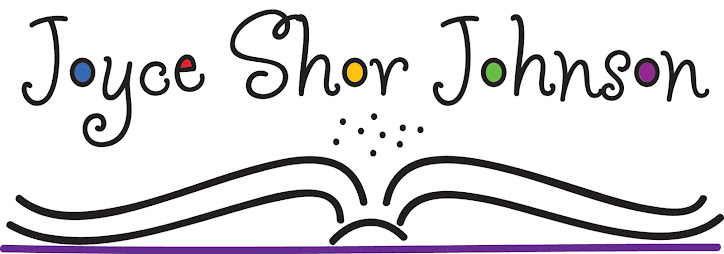The 10 Most Important Tools For Revising
1. What is the story that I am telling?
2. How will my character change?
· Does my character get to where s/he needs to be?
No – How do I make her change?
~ Introduce a crisis situation that makes my character change.
Yes – Do the things that happen along the way help get my character where s/he needs to be?
3. What does it mean to move forward?
· Reveal something about the character.
· Propel the plot.
· Build a relationship that is important later in the book.
4. Summarize the things that don’t move the story forward.
· An example of this is Charlie Brown, Linus, and Lucy speaking, but the adults always sound like, “Blah, blah, blah.”
· One sentence summary of the scene.
5. Is my main plot a character development arc?
· Subplots
~ Do they fit in?
~ When do they resolve?
~ How do they resolve?
6. Characters
· What are my character's quirks and personality traits?
· Do my secondary/minor characters grow with each appearance they make in the book?
7. Dialogue
· Do my characters have unique voices?
· Do they reveal everything about their characters?
An example of this is sub vs grinder (sandwich)
Their socio-economic placement
· Does the dialogue let their relationships evolve?
· How authentic do they sound?
8. Setting and Description
· Picture it then brushstroke the description. Let the reader envision it, unless it must be specific.
· For it to be specific, it must be important later in the book. If not, take it out.
9. Wordsmith
· Search for commonly used, but unnecessary words.
~ Examples are just, so, next, that, but.
10. Show, don’t tell.


